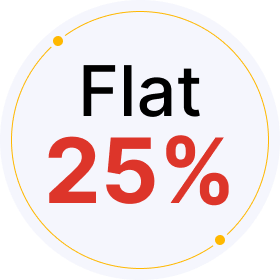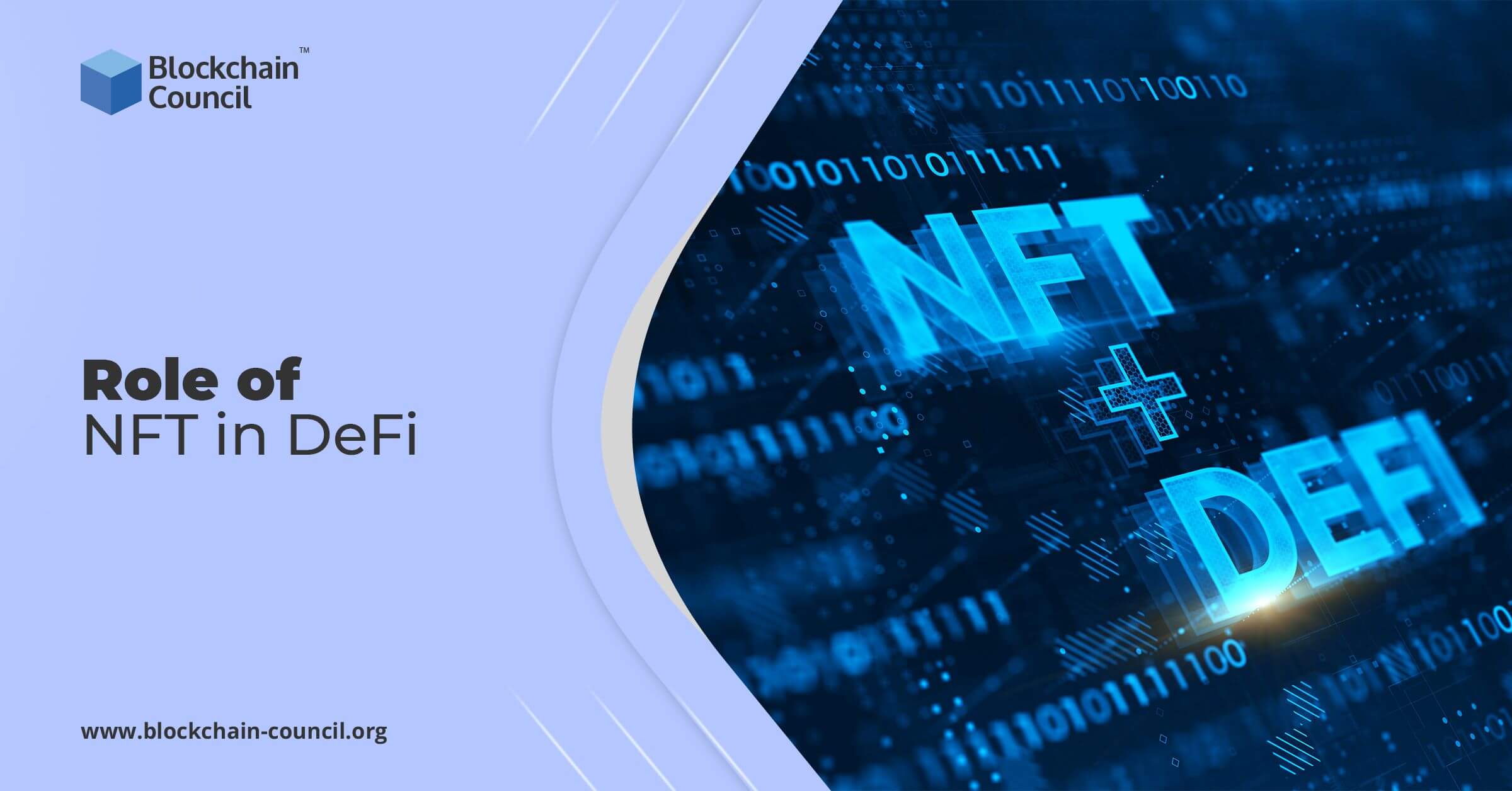
- Anshika Bhalla
- September 27, 2022
The NFT space has become all about digital art and collectibles. Each featured headline is about some amazingly overrated photoshop collage or GIF, and the zeal surrounding NFTs has become a full-blown trend. New artists, as well as established ones, musicians, and animators are making use of the best NFT and flooding the media and telegram groups with their work promotions. There seem to be enough collectors who are willing to invest in the hype. Everybody wants to get in, but when the hype will fade away, what will be left?
Well, any certified NFT Expert will agree that an NFT can address far beyond than a piece of art. We are now discovering the token standard being utilized for music rights, admittance to websites, or as a ‘Tokenization’ of real-world resources. This article will look at how NFTs are included in the DeFi space and which roles they play in the world of Decentralized finance projects.
Introduction of NFTs into DeFi space
Design patterns in the Decentralized Finance/Defi space are mixing into the Non-fungible tokens/NFT marketplaces in recent times. Much like other DeFi projects before it, Rarible, a creator-centric NFT marketplace, decided to enroll a governance token called “RARI” and put up the steps to ensure that the platform is being regulated by a Decentralized Autonomous Organization (DAO). The token holders of RARI that include collectors and creators, are liable to vote for platform upgrades and actively participate in moderation and curation in the marketplace. RARI also introduced an NFT index — a portfolio created for NFTs to facilitate collectors who wish to invest in the NFT market but are uncertain of what artwork to choose from.
Since NFTs (non-fungible tokens) depict the financialization of digital products and services, NFT setups and marketplaces have come to be an undeniable thriving sector of DeFi. Like Ethereum has employed ERC-20s to embody digital assets, NFTs can be comprehended as provable ownership rights for digital art. Due to the closing of art galleries worldwide because of COVID-19 and other cultural occurrences in the online world, Ethereum established a growing place for creators to share their art and interact successfully with an interested community of collectors. Due to this quality of NFTs, they play important roles in DeFi.
Roles of NFTs in DeFi:
-
Solving issue of collateralization
In the art market, an issue regarding the liquidity of the market is a real bug. Everything is subjective here.
Suppose a painting is worth $1million, yet it doesn’t remain very worthy unless somebody is willing to pay for it. In this situation, DeFi and NFTs do combined work to solve this issue. The workings may involve looking for ways to use NFT collectibles and art as collateral against DeFi lending. As traditional arts have been used as collateral in the real world since the beginning, moving it to the crypto world and NFT art, appears to be a logical step forward.
The other way that NFT helps in resolving liquidity issues in DeFi is by applying tokenization of those NFTs. The tokenization will quickly prepare an illiquid asset. For example, a piece of art that is easily tradable.
-
NFT Ownership and DeFi
The use of Defi platforms ingrained with NFTs in the music industry is a revolution for artists. NFT plays a very significant role in facilitating ownership rights and profits to the original creators. Those who own the NFTs will earn a fair share of the streaming revenue yielded by the songs. Maintaining provable earnings through an NFT furthermore functions as an effective form of collateral and can unlock the gates to under-collateralized loans. In the DeFi only space, this facility is currently not possible. Hence, the presence of NFT is a plus for Defi space.
The monetization of creative works using NFTs will proceed to be a considerable part of the NFT space. Still, it will more likely take the form of licensing, copyright ownership, and royalty sharing.
-
Solving issue of curve model
Another prominent example where NFT ownership plays a significant role in DeFi space is how they work together to resolve the curve model issue. One of the updated versions of Defi protocols that introduced the curve model concerning liquidity pools. The curve model was created to distribute liquidity all across the entire curve, meaning that a large build-up of liquidity was not producing payments for providers.
With the assistance of NFT space, they introduced a facility to select desired custom price sizes for liquidity providers to evaluate their capital to resolve this issue. This boosts their exposure to needed assets and reduces their downside risk.
Closing thoughts
NFTs signify cryptographic tokens which are considered valuable due to their security and need. With a combination of decentralized financial goods, special financial services can be produced by using these tokens. Possible use cases for this kind of technical innovation involve in-game currencies, investments, or liquidity mining. Indeed, there are endless roles that NFTs can play in DeFi space. There is more to be seen what exciting projects will be appearing soon.
Learn more about NFTs and DeFi and grab an NFT certificate at Blockchain Council. We also provide various online courses and certifications. Do check out for more.






























































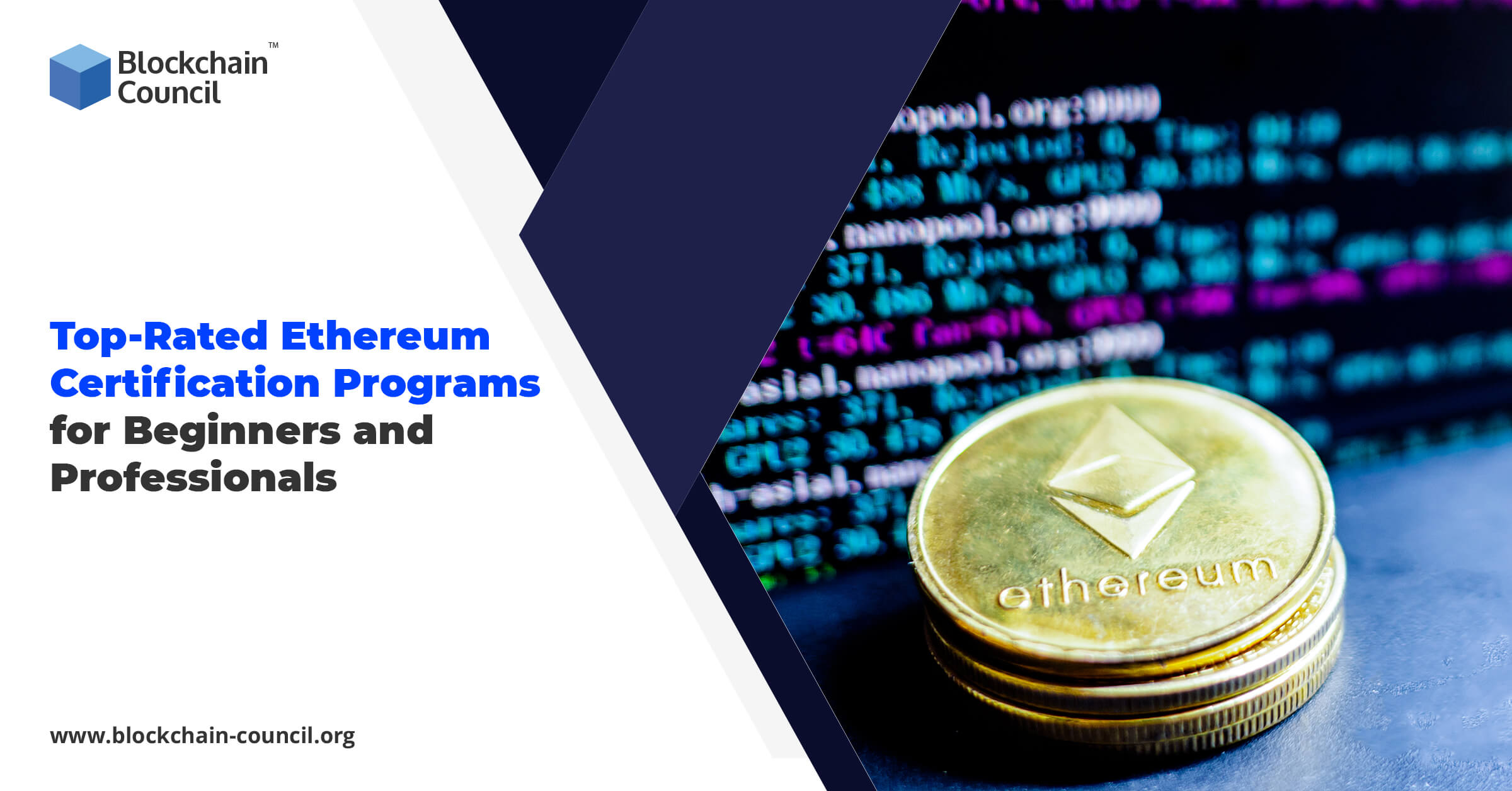
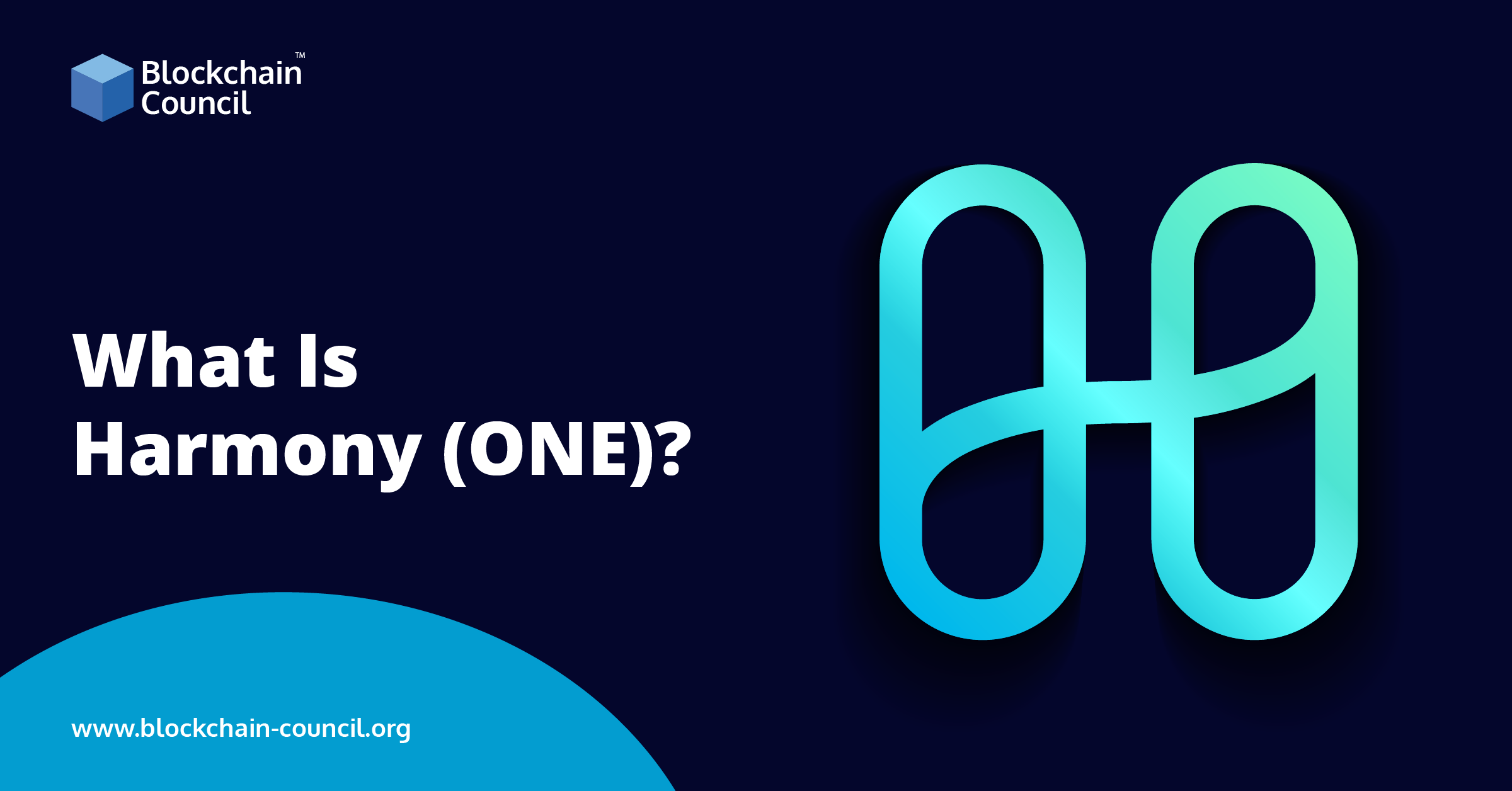
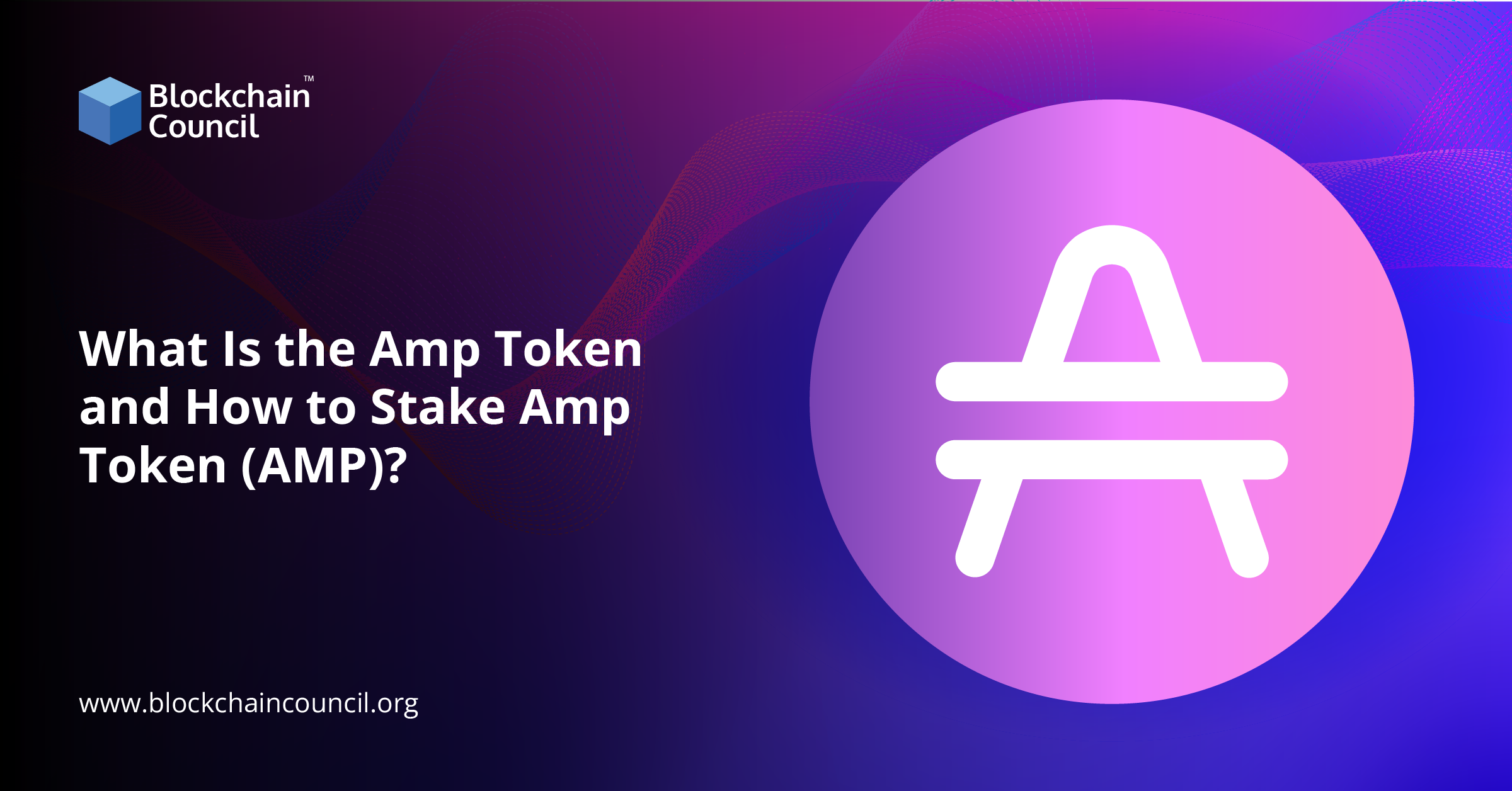
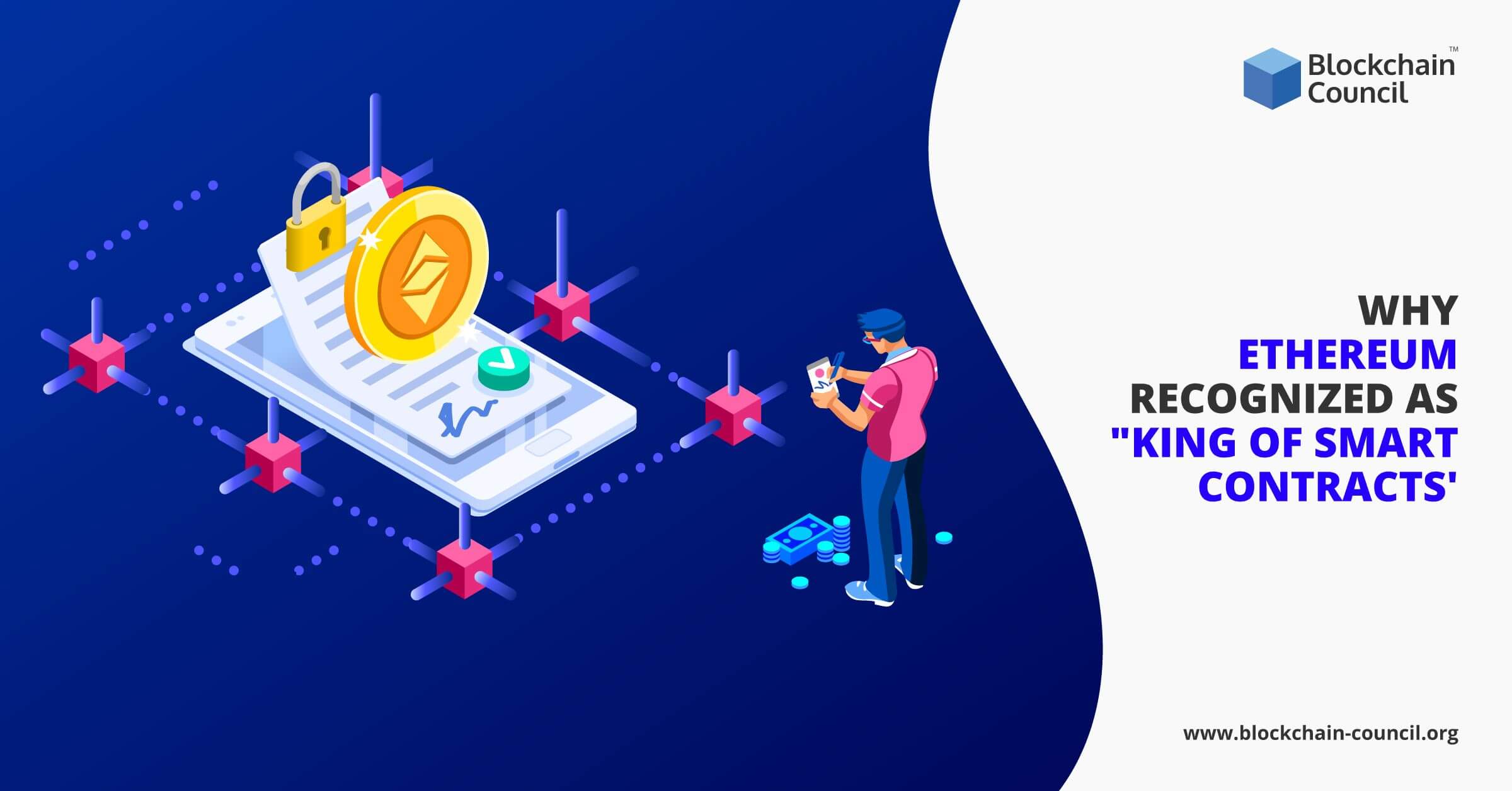
 Guides
Guides News
News Blockchain
Blockchain Cryptocurrency
& Digital Assets
Cryptocurrency
& Digital Assets Web3
Web3 Metaverse & NFTs
Metaverse & NFTs